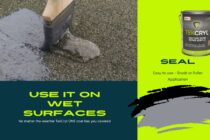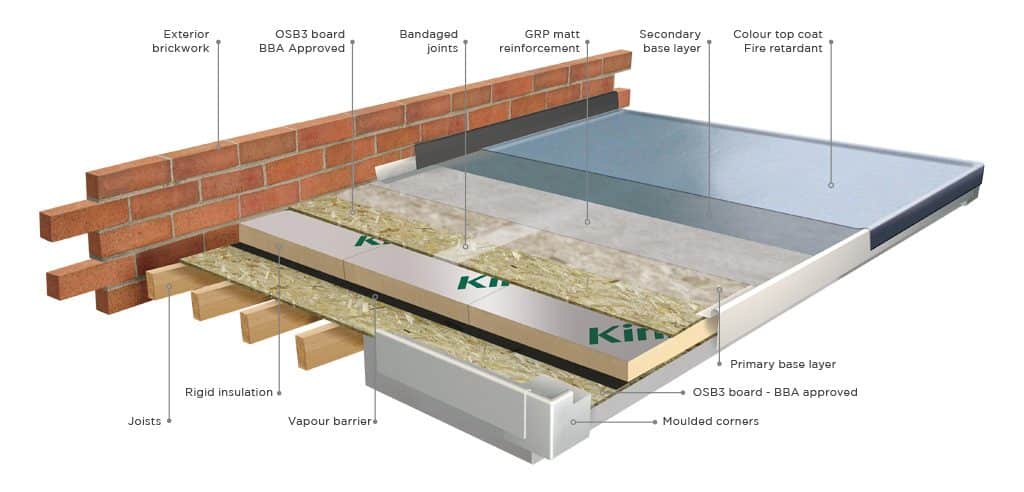Condensation in Flat Roof Spaces
You have Condensation in your flat roof space! Hot, Cold, wet, warm! you get the idea. In the winter months, condensation can be a real issue for homeowners.
Introduction to Condensation in Flat Roof Spaces
When moisture vapour in the air that has been produced inside the warm structure rises from the chamber below into the chilly roof void above the ceiling, Condensation in Flat Roof Spaces mostly happens during cold weather.
- Water vapour condenses on cold surfaces when the temperature of the vapour drops to or below its dew point.
- The dew point temperature will be lower because warmer air can hold more water vapor and has a greater relative humidity (RH) than cooler air.
In roofs above spaces that produce a lot of moisture, such kitchens and toilets, condensation is a particular problem.
Condensation should be minimized on flat roofs, and a condensation risk study should be performed. And carried out, taking into account the positioning of insulating materials, vapour control layers, ventilation, thermal insulation, and material selection. Computer programs can be used to calculate this.
Condensation on the Surface
Surface condensation is another type of condensation that is visible on building surfaces and occurs when the temperature of the surface is at or below the dew point of the moist air.
This type of condensation is easily identified by black mould on the walls, windows, and ceilings, among other places.
Condensation in the Interstitial Space
Interstitial condensation refers to condensation that occurs within the roof structure. It is especially hazardous because it can cause unseen decay in roof timbers and fasteners.
Cold roof condensation in Flat Roof Spaces
Interstitial condensation is a particular issue on cold deck roofs with inadequate insulation. In the void above the ceiling, placed between the joists. Because of the placement of the insulation, the roof deck and the majority of its structure are not protected from low temperatures during the winter.
These elements then become much colder than the interior of the building, and moisture vapour from the room below is liable to condense on the timber structure, potentially causing decay. Did you know! Cold deck roofs are not recommended for new construction and are actually prohibited in Scotland.
Cross-Ventilation
Building codes require cross ventilation in the form of a 50mm air gap between the deck and the insulation and a continuous gap of about 25mm at the eaves to help disperse moisture vapour.
Where roofs abut external walls and proprietary mushroom vents to provide the equivalent 25mm continuous ventilation are available, this can be difficult to achieve.
A cold roof’s vapour control layer in Flat Roof Spaces
However, cross ventilation does not completely remove the moisture vapour in the ceiling void, so a vapour control layer sealed at joints and penetrations under the insulation and over the plasterboard is required to provide a barrier against moisture vapour rising up from the room below. Metalized polyester-lined plasterboard can also be used.
Condensation in Flat Roof Space: Warm roof vapour control layer
To reduce water vapour condensing beneath the membrane, a vapour layer should be placed beneath the insulation or, in some cases, directly beneath the roof covering.
Any of the following methods can be used to create a vapour control layer:
- A loose-lay polythene sheet membrane restrained by mechanical fasteners or nailed to the deck (timber decks) with all laps sealed with an appropriate adhesive.
- one layer of BS 747 Type 5U felt, fully bonded or mechanically nailed to the deck.
- In hot bitumen, two layers of Type 5U felt were fully bonded. Check that all laps are bitumen-sealed.
- The VCL for single-ply membranes should be polythene or reinforced aluminium foil.
Designers frequently specify ‘composite’ decking, which combines plywood, insulation, a vapour control layer, and a felt covering into a single product.



